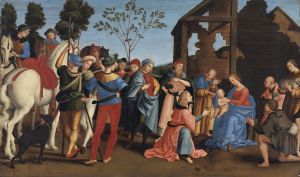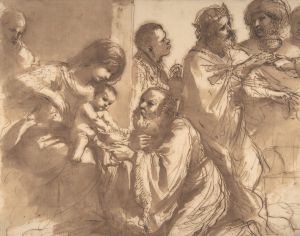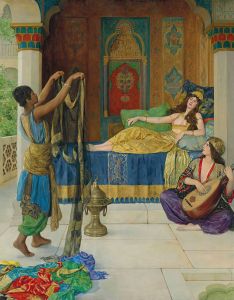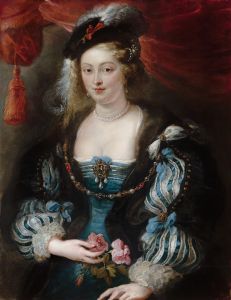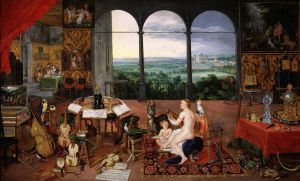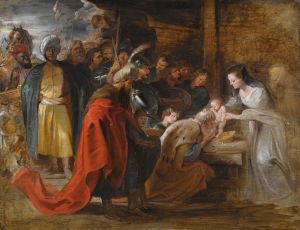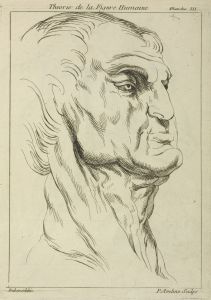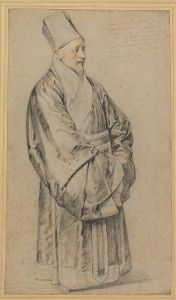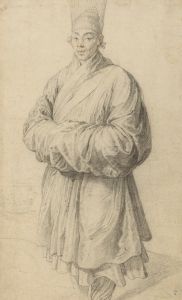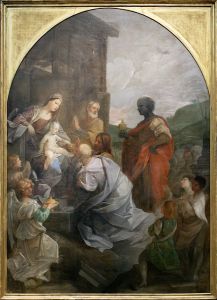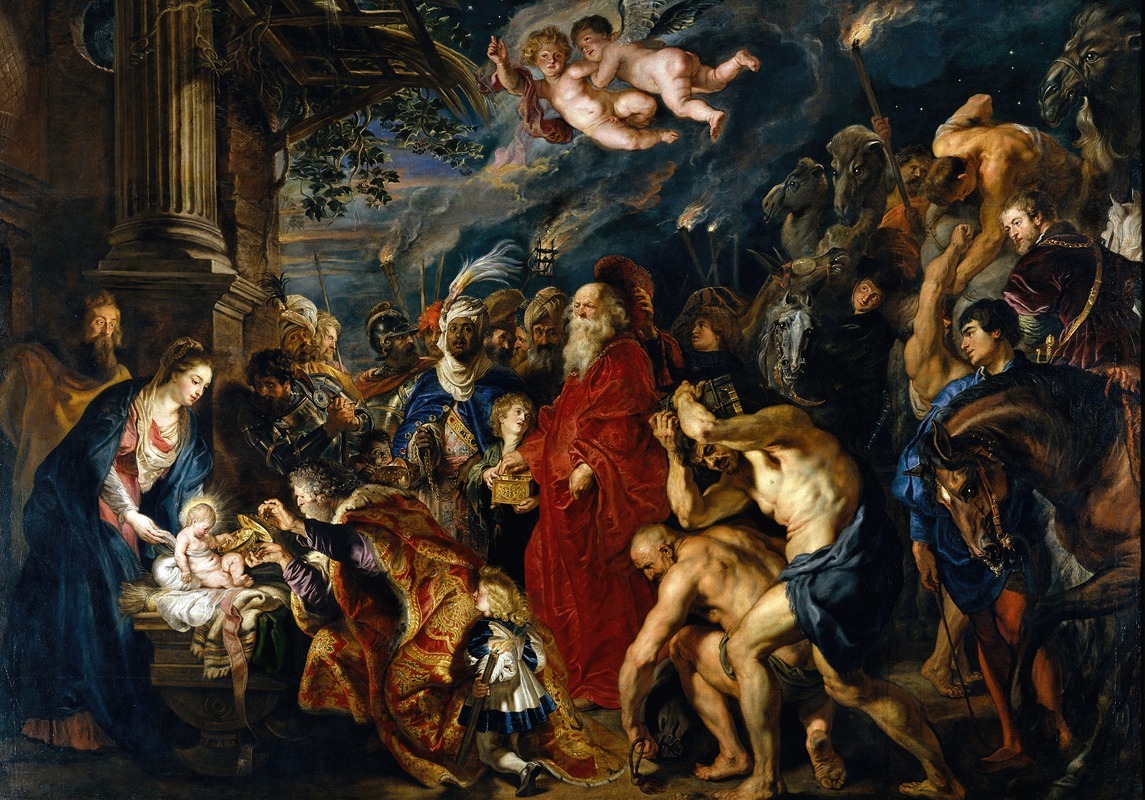
Adoration of the Magi
A hand-painted replica of Peter Paul Rubens’s masterpiece Adoration of the Magi, meticulously crafted by professional artists to capture the true essence of the original. Each piece is created with museum-quality canvas and rare mineral pigments, carefully painted by experienced artists with delicate brushstrokes and rich, layered colors to perfectly recreate the texture of the original artwork. Unlike machine-printed reproductions, this hand-painted version brings the painting to life, infused with the artist’s emotions and skill in every stroke. Whether for personal collection or home decoration, it instantly elevates the artistic atmosphere of any space.
Peter Paul Rubens, a prominent Flemish Baroque painter, created several versions of "Adoration of the Magi," a popular subject in Christian art that depicts the visit of the Three Wise Men to the newborn Jesus. Rubens' interpretations of this biblical scene are celebrated for their dynamic composition, vibrant color palette, and dramatic use of light and shadow, all characteristic of the Baroque style.
One of the most renowned versions of "Adoration of the Magi" by Rubens was completed in 1609 and later reworked in 1628-1629. This painting is housed in the Museo del Prado in Madrid, Spain. The work was originally commissioned for the Town Hall of Antwerp, reflecting Rubens' status as a leading artist of his time and his ability to secure prestigious commissions. The painting was later acquired by the Spanish royal collection, which is how it came to reside in the Prado.
In this composition, Rubens captures the moment when the Magi, having followed the star to Bethlehem, present their gifts of gold, frankincense, and myrrh to the infant Jesus. The scene is bustling with figures, including the richly dressed Magi, their attendants, and various onlookers, all gathered around the Holy Family. Rubens' skillful use of color and light draws the viewer's eye to the central figures of Mary and the Christ Child, who are bathed in a soft, divine glow.
Rubens' depiction of the Magi is notable for its attention to detail and the individuality of each figure. The Magi are portrayed as wise and noble, with distinct facial features and expressions that convey their reverence and awe. The artist's use of rich, opulent fabrics and intricate patterns in their clothing highlights the exotic origins and wealth of these visitors from the East.
The painting also reflects Rubens' deep understanding of human anatomy and movement, as seen in the dynamic poses and gestures of the figures. This sense of movement is further enhanced by the swirling drapery and the dramatic contrasts of light and shadow, which create a sense of depth and three-dimensionality.
Rubens' "Adoration of the Magi" is a testament to his mastery of the Baroque style and his ability to convey complex narratives through visual art. The painting not only captures a significant moment in Christian theology but also serves as a reflection of the cultural and artistic influences of Rubens' time. His work remains influential, admired for its technical brilliance and emotional impact, and continues to be a focal point for art historians and enthusiasts alike.





